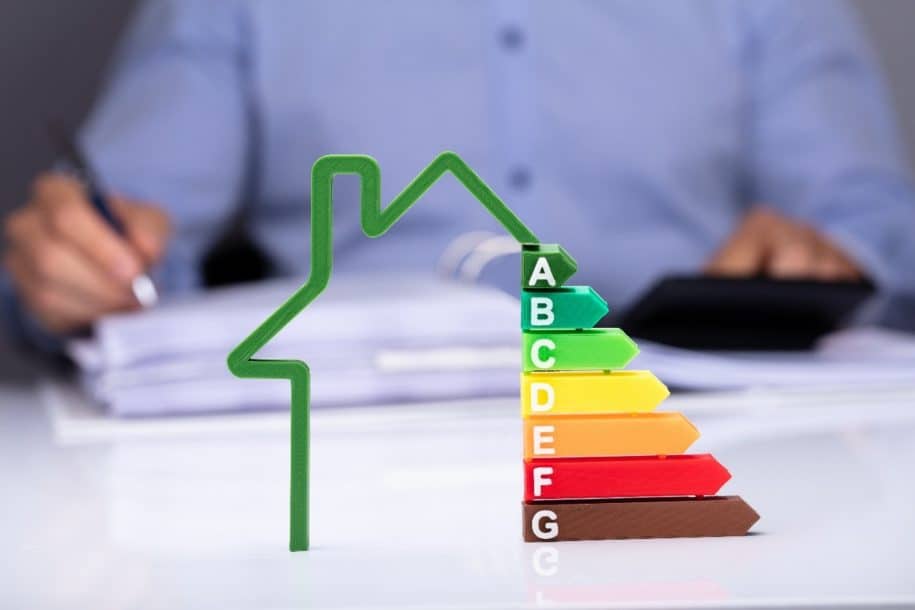What is an Environmental Compliance Audit (ECA)?
When searching for the definition of “audit” online, you are provided with the succinct definition1: an official inspection of an individual’s or organization’s accounts, typically by an independent body.
An Environmental Compliance Audit2 (ECA) is an assessment performed by an independent assessor to ensure businesses and organizations are complying with environmental policies and management plans. It is an environmental management tool, used for measuring the effects of projects and activities on the environment against a set of criteria or standards. ECAs can be performed during the construction, operational and decommissioning phases of a project, and a post-closure ECA may also be required once the project is completed. ECAs investigate a broad array of issues, including pollution and waste management, sustainable use of resources, environmental management systems that are in place and mitigation measures implemented to minimize the environmental impact of a project.
ECAs play a significant role in ensuring sustainability. They also keep companies and organizations accountable by observing their practices and providing guidance on how the environmental impact of the organization can be reduced. The ECA is conducted by an independent environmental auditor, who reviews the operation or construction phase of the project, verifies that all required environmental approvals and authorizations are in place, and then a report is drafted that outlines the findings of the audit, as well as which issues need to be urgently addressed and how they can be addressed.
So, what are the most common findings during an environmental audit, and how can organizations get ahead before these issues arise?
1. Lack of independence
External environmental audits must be conducted by an independent auditor3. This means that the auditor has no business, financial, personal, or other interest in the activity or project and that there are no circumstances that may compromise the objectivity of the auditor. This enables an auditor to provide unbiased and professional feedback on the project they are auditing. An auditor that lacks independence renders the audit report worthless as the information contained therein is not unbiased.
Many companies appoint an internal environmental, health and safety (EHS) officer to conduct monthly ECAs and report back to the project manager and developer of the project. However, these reports cannot be completely independent as the internal EHS officer potentially has financial or business interest in a positive outcome of the ECA.
Companies should therefore endeavor to appoint an external auditor from a company that specializes in ECAs to conduct monthly environmental audits during the construction phase of the project, and – depending on the scope and details of the project – annual ECAs during the operational phase.
2. Not addressing issues
Often ECAs are simply handled as “check box items” by the project managers, meaning something that must be done according to the environmental approval or environmental regulations of the project. Once the ECA is completed and the report has been submitted by the independent auditor to the contractor or project manager, the report is filed away and forgotten. ECA reports analyze the conditions on site against a set list of criteria, environmental management plans or method statements, and indicates what can be done to decrease the environmental impact of the project and improve overall conditions on site. Although environmental auditors can make suggestions in the ECA report – and in extreme conditions impose fines and penalties – contractors and developers are mostly dealing with severe financial pressures and time constraints and do not pay attention to smaller environmental issues that arise during the audit inspections.
3. Waste Management
It is inevitable that construction projects generate waste4 – builders’ rubble (i.e., broken fragments of bricks or concrete), insulation materials, steel offcuts, plastic litter and even hazardous waste. During early construction the amounts of waste generated tend to be small and easily manageable by placing dustbins and waste skips around the site. However, once subcontractors, such as tilers, painters, and plumbers, arrive at site, the amount of waste generated more than doubles.
Although most contractors get good audit findings when it comes to waste management of larger waste items, it is often the smaller plastic litter that continues to result in non-compliances in ECA reports. Plastic wrapping around brick pallets can be stripped off in high-wind areas and blown across a site; food packets and empty plastic bottles are discarded onto the ground, and cement packets litter the area.
Auditors advise that an adequate waste management plan5 be drafted prior to the commencement of construction that addresses these issues, such as using a weatherproof waste cage, emptying bins and waste skips regularly, and conducting “chicken runs” where workers walk around the site collecting smaller pieces of litter. A waste management plan should also contain clear waste management targets, such as percentage of waste to be reused on site, recycled, and disposed at landfill.
4. Water Management
All developments require water and the management thereof. Construction water is needed for mixing of concrete, water is required at site camp for consumption, and wash-water is required for cleaning of machinery, paint brushes and cement mixers.
Water is a natural resource that should be safeguarded and used sustainably, especially in areas with lower rainfall or on sites adjacent to watercourses. ECAs often find that the management of water is not adequately addressed on site. Non-potable water should preferably be used for construction activities, and water containing hazardous substances (such as paint or cement residues) should not be discarded directly onto the ground as it can filter into underlying aquifers.
Storm water and surface water must also be managed taking cognizance of natural hydrological processes, to reduce erosion and risks associated with flooding. This can be rectified by the requirement for a Water Management Plan, such as a Storm Water Pollution Prevention Plan6, that will ensure that water quality and quantity is managed throughout the construction process, and to mitigate impacts of construction on water use as well as surface water runoff7.
5. Permitting and Authorisations / Documentation
Even if a site is in perfect condition and all approved method statements and management plans are being implemented, the ECA often finds that none of the required documentation is kept on site. Although this is just a minor oversight by site officers, it is beneficial to environmental auditors (and possibly government inspectors who come to site) if copies of the environmental permits and authorizations, as well as any environmental management plans, method statements, and ECA reports are kept on site and readily accessible by any official requesting to see it.
Concluding Remarks
Although most companies audit their environmental performance in some capacity, it normally forms part of health and safety audits. There are benefits to focusing on environmental issues alone during an ECA, as it provides a clear indication of environmental performance as well as issues that need to be addressed to ensure compliance and improvement. Regular environmental compliance audits and site assessments will also ensure that sides do not continuously neglect environmental issues, and that actions are taken consistently to reduce environmental damage through all phases of the development.
Author Bio
The SafetyStratus Research Advisory Group (RAG) brings together thought leaders from the global environmental, health and safety community to promote best practices and provide key insights in the profession and the industries they serve. The Research Advisory Group also advocates, where practical, the intersection of and advances with the use of technology, such as the SafetyStratus enterprise EHS software platform. Group membership consists of representatives from across varied disciplines and market sectors as well as select members of the SafetyStratus team.
The primary objectives of the SafetyStratus RAG partnership are to:
- Build a strategic partnership between EHS practitioners and the SafetyStratus team.
- Provide engaging and practical content to the global EHS community.
- Provide discipline and market feedback specific to SafetyStratus products and services.
While the objectives of the RAG are varied, the primary public-facing outcome will be available through engaging and practical content found on the SafetyStratus resource pages. Various articles, papers, and other valuable resources will be produced and shared as part of an ongoing effort to cultivate a robust community. Ultimately, the SafetyStratus RAG will expand to have a broader reach and provide opportunities for more inclusion by all interested EHS professionals in a collaborative community environment.
References
1Lexico. Audit. Website: https://www.lexico.com/en/definition/audit Accessed 18/08/2021
2United States Environmental Protection Agency. Audit Protocols. Website: https://www.epa.gov/compliance/audit-protocols Accessed 18/08/2021
3Hottegindre, G. and Lesage, C. (2009) A Poor Auditor: A Lack of Independence and/or Competence? An exploratory study of the causes of disciplinary sanctions against auditors in the French Market. Accounting Auditing Control, Vol. 15, May 2009.
4ERC. The 15 most common types of waste on a construction site. Website: https://www.ercofusa.com/blog/common-waste-types-construction-site/ Accessed: 18/08/2021
5Engie Impact. How to Plan and Conduct a Successful Waste Audit. Website: https://www.engieimpact.com/insights/waste-audit-checklist Accessed: 18/08/2021
6United States Environmental Protection Agency. Does your facility need a Stormwater Permit? An Industrial Facility Operator’s Guide to EPA’s Stormwater Permit Program. EPA 910-K-09-008.
7Phakanani Environmental Consultants. Storm Water Management Plan for the Proposed Construction of a 90MW PV Solar Park Project and 66KV Transmission Line over Portions 3, 4 5 and the Remaining Extent of the Farm Weltevreden 746-LS within the Polokwane Local Municipality, Limpopo Province.



